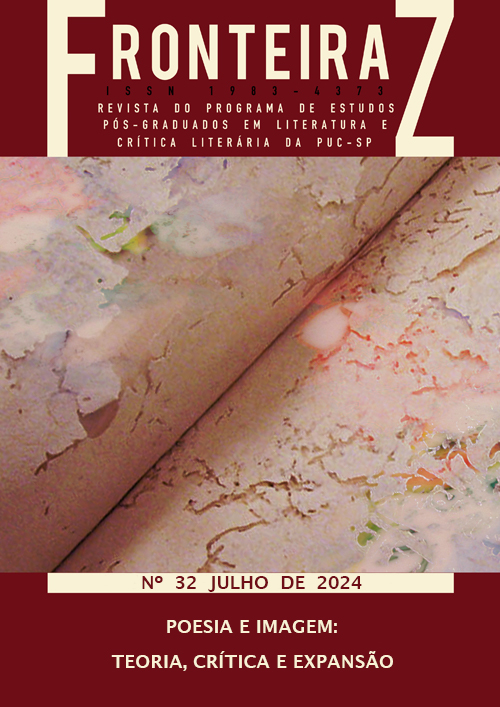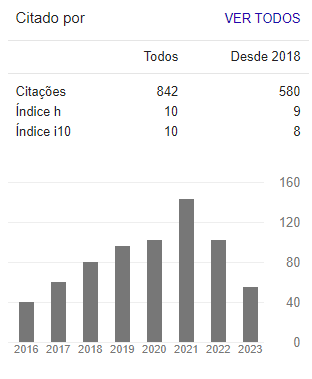Aesthetic and structural effects of the transposition from orality to writing in orikis by Cláudio Daniel
DOI:
https://doi.org/10.23925/1983-4373.2024i32p256-273Keywords:
Poetics, Literay Theory, Livro dos Orikis, Cláudio Daniel, Intermedial TranspositionAbstract
This work aims at examining the fluctuations in imagery, aesthetics and structure observable in the production of poems of the oriki genre outside the space of Afro-religious orality, so as to understand the reconfigurations of the poetic genre in contemporary works in relation to traditional models registered in the Yoruba territory. To this end, the productions of Pierre Verger (1999), Antonio Risério (1992, 1996) and Sìkírù Sàlámi (1990) will be evoked to investigate the orikis produced by Cláudio Daniel (2020). This investigation notes that there are significant differences in the production of aesthetic meanings in the merely written works of the poet under analysis. From the indicated authors and the reflections based on Literary Theory, it is possible to notice that the work is a poetic creation and an intermedial transposition of an oral genre to a written one.
References
BÂ, A. H. A Tradição Viva. In: KI-ZERBO J. (ed.). História geral da África, I: Metodologia e pré-história da África. 2. ed. rev. Brasília: UNESCO, 2010. Disponível em: https://unesdoc.unesco.org/ark:/48223/pf0000042769_por . Acesso em: 12 abr. 2024.
DANIEL, C. Marabô Obatalá. Curitiba: Kotter Editorial, 2020.
KILEUY, O.; OXAGUIÃ, V. O candomblé bem explicado: Nações Bantu, Iorubá e Fon. Rio de Janeiro: Pallas Editora, 2009.
RISÉRIO, A. De Oriquis. Afro-Ásia, Salvador, n. 15, p. 36-55, 1992. Disponível em: https://periodicos.ufba.br/index.php/afroasia/article/view/20833. Acesso em: 12 abr. 2024.
RISÉRIO, A. Oriki orixá. São Paulo: Editora Perspectiva, 1996.
SÀLÁMI, S. A Mitologia dos Orixás Africanos. Coletânea de Àdúrà (Rezas), Ibá (Saudações), Oríkì (Evocações) e Orin (Cantigas) usados nos cultos aos orixás na África (Em iorubá com tradução para o português). v. I - Sàngó/ Xangô; Oya/Iansã; Òsun/Oxum e Obà/Obá. São Paulo: Odùdúwà, 1990.
VERGER, P. Notas sobre o culto aos orixás e voduns na Bahia de Todos os Santos, no Brasil, e na antiga costa dos escravos, na África. São Paulo: Edusp, 1999.
Downloads
Published
How to Cite
Issue
Section
License
Copyright (c) 2024 FronteiraZ. Journal of the Postgraduate Studies in Literature and Literary Criticism Program

This work is licensed under a Creative Commons Attribution-NonCommercial 4.0 International License.







 Este obra está licenciada com uma Licença
Este obra está licenciada com uma Licença 